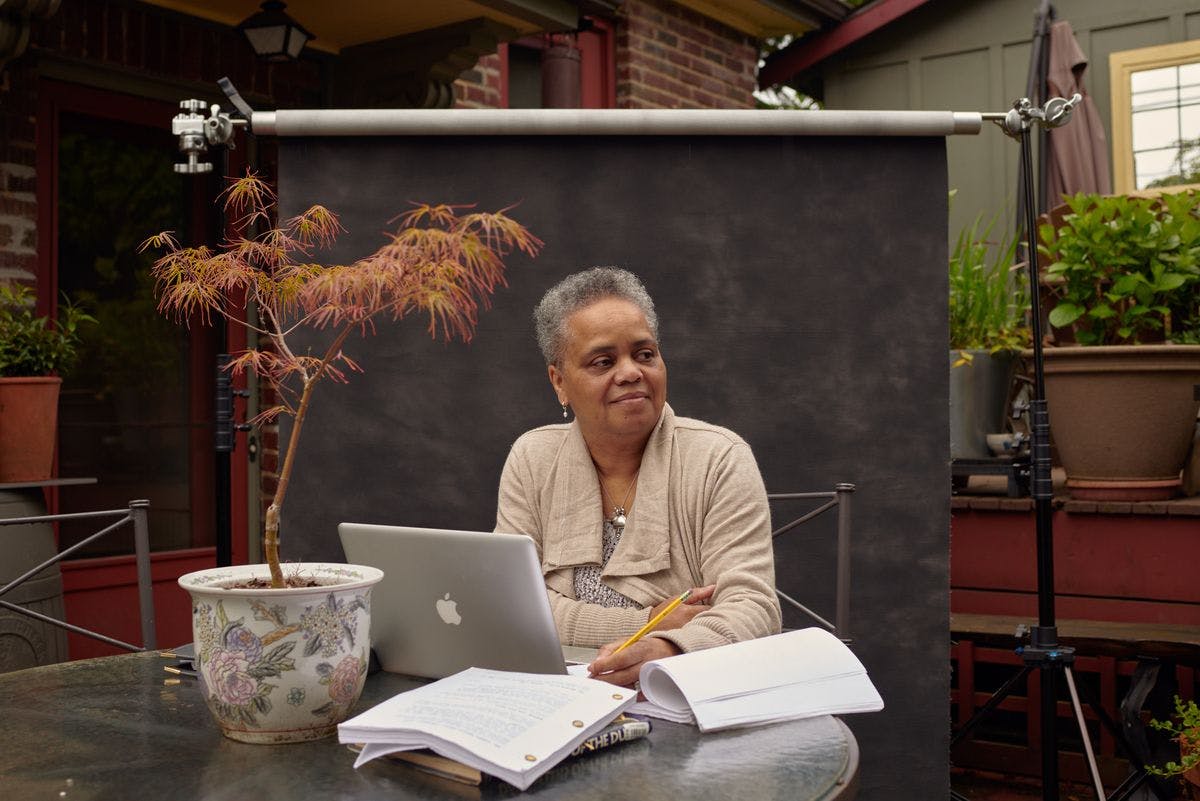
Cheryl L. West
Seattle Rep’s most-produced living playwright tells complex Black stories with integrity and poetry.
Transformed by a 1960s urban relief program, a former synagogue has fostered generations of Black artists even as the neighborhood around it changes.
by Brooklyn Jamerson-Flowers / June 1, 2022

For the first half of the 20th century, the building at the southeast corner of 17th Avenue South and East Yesler Way in Seattle’s Central District housed a Jewish synagogue. But by the late ’60s, the neighborhood demographics looked much different, and fighting urban poverty had become a government priority. This, combined with the vision and effort of local citizens, gave the building a second life as Langston Hughes Performing Arts Institute.
Federal money from the Model Cities Program helped the majority-Black Central District create a community hub and creative outlet for themselves. In the 50 years since, that hub has served as much more than just an arts space for generations of Black Seattle. And it has also continued to give young people a space to find and explore their artistic passion.
But the Central District is significantly less Black now than it was back when the institute first opened in 1972. So the venue, now operated by the nonprofit LANGSTON, had to change to meet the needs of Black people displaced across King and Pierce counties while also fighting to stay a Black space. It was a battle worth fighting because, for many Black people in and around Seattle, that former synagogue is too important to lose.
For this episode of the Black Arts Legacies podcast, host Brooklyn Jamerson-Flowers explores the origins of Langston Hughes Performing Arts Institute and speaks to several artists who found a platform for authentic expression there. They each help to frame the institute’s importance and visions of its future.
Subscribe to the Black Arts Legacies podcast on Apple Podcasts, Spotify, Stitcher or Google Play.
Podcast Producer

Seattle Rep’s most-produced living playwright tells complex Black stories with integrity and poetry.

The theater director and The Hansberry Project co-founder is fostering the next generation of actors, directors and playwrights.

The Depression-era Black theater company celebrated Black storytelling with self-determined, interdisciplinary and collaborative works.

After landing on the stage unexpectedly, this Seattle actor/director’s 50-year career played a major role in the city’s Black theater scene.

The driving forces behind Black Arts/West and CD Forum share a mission to tell Black stories in the theater.

This actor/director found her place in Seattle theater by embracing risk and seizing her own narrative.

The accomplished Seattle theater actor and playwright brings Black voices and histories to the stage.

With art, puppetry and real talk, this television pioneer prioritizes children of color.
Thanks to our Sponsors
Your support helps Crosscut create projects like Black Arts Legacies. Learn how you can help with a one-time donation or recurring membership.
Support Crosscut